Home>diy>Building & Construction>How Many Piers For Shed Foundation
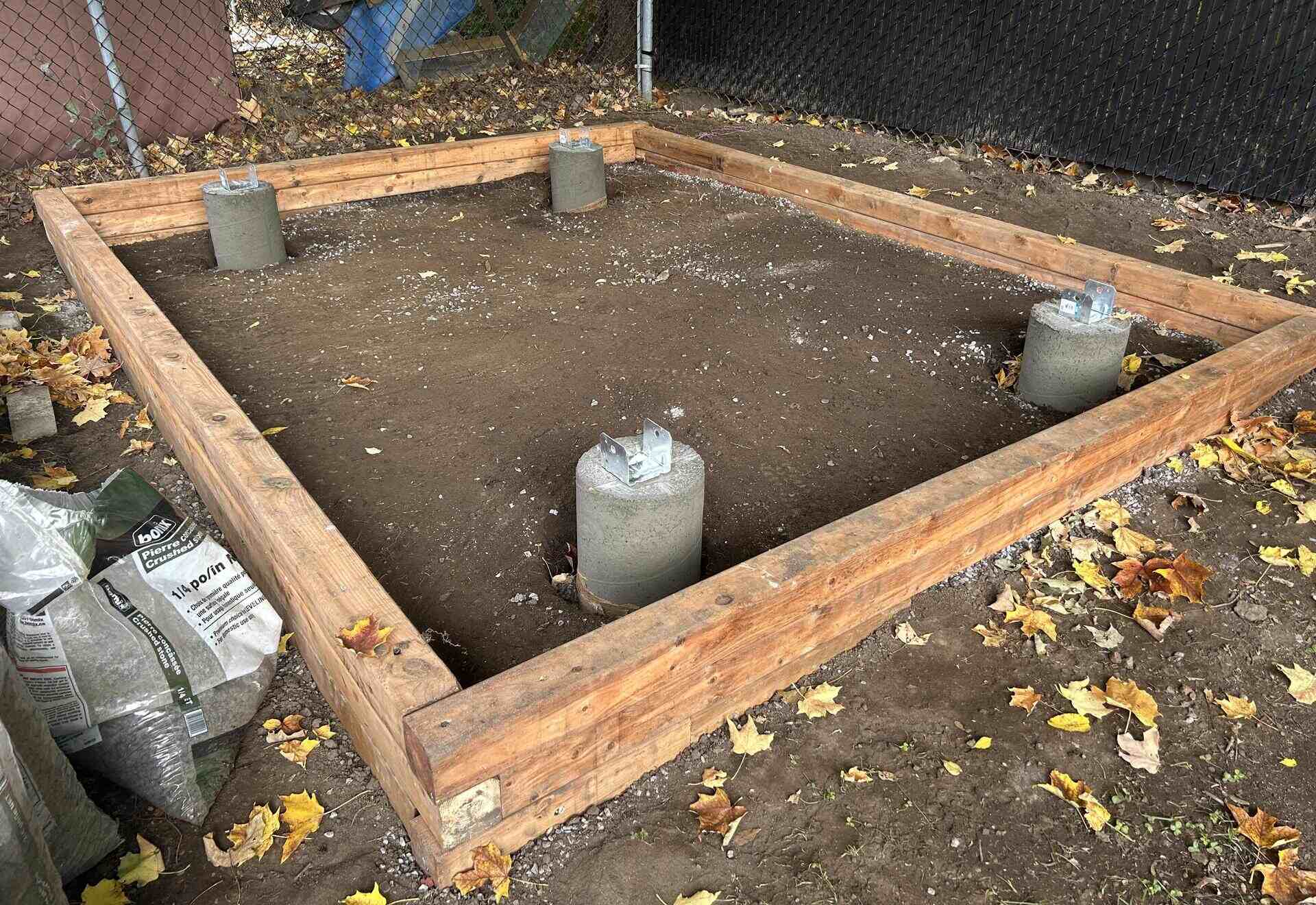

Building & Construction
How Many Piers For Shed Foundation
Modified: March 2, 2024
Build a strong and stable shed foundation with the right number of piers. Learn how many piers you'll need for your building construction project.
(Many of the links in this article redirect to a specific reviewed product. Your purchase of these products through affiliate links helps to generate commission for Storables.com, at no extra cost. Learn more)
Introduction
Building a solid foundation is essential for any construction project, and a shed is no exception. Whether you’re planning to store gardening tools, create a workshop, or simply add extra storage space to your backyard, constructing a sturdy shed foundation is crucial to ensure its longevity and stability.
When it comes to shed foundations, one important consideration is determining the number of piers needed to support the structure. Piers act as pillars, distributing the weight of the shed evenly across the ground. This helps prevent the shed from sinking or shifting, particularly in areas with unstable soil or harsh weather conditions.
In this article, we’ll explore the factors to consider when determining the number of piers needed for your shed foundation. We’ll also take a look at common pier types and provide a step-by-step guide to help you build a solid shed foundation.
By the end of this article, you’ll have a better understanding of how many piers you need for your shed foundation and the steps involved in constructing a strong and durable base.
Key Takeaways:
- Determining the number of piers for your shed foundation involves considering soil conditions, shed size, material, and local building codes. Calculating load-bearing capacity and spacing piers evenly are crucial for a stable and durable foundation.
- When building a shed foundation, choose the appropriate pier type based on soil conditions, budget, and preferences. Follow a step-by-step guide for precise execution, ensuring a solid and long-lasting foundation for your shed.
Read more: How To Build A Pier Foundation
Factors to Consider
Before determining the number of piers needed for your shed foundation, there are several important factors to take into consideration. These factors will help you determine the appropriate number of piers and ensure the stability and longevity of your shed.
Soil Conditions
The soil conditions at your building site play a crucial role in determining the number of piers required. Different soil types have varying load-bearing capacities, which directly affect the stability of the shed foundation. For example, sandy or loose soil may require more piers to distribute the weight evenly and prevent sinking or shifting. Conversely, clay or rocky soil may have a higher load-bearing capacity, potentially requiring fewer piers. It’s important to assess the soil conditions before proceeding with the foundation construction.
Shed Size
The size of your shed is another factor that influences the number of piers needed. Larger sheds tend to exert more weight and put increased pressure on the foundation. As a general rule, the larger the shed, the more piers you will need to adequately distribute the load. Be sure to take accurate measurements of the shed’s footprint and consider any future expansions or additions that may affect the overall weight and size of the structure.
Shed Material
The material used for the shed construction is also an important factor to consider. Different materials have varying weights and load-bearing requirements. For example, a shed made of lightweight metal or plastic materials may require fewer piers compared to a shed built with heavy timber or concrete blocks. Consider the weight of the shed materials when determining the number of piers needed for a solid foundation.
Read more: How Many Concrete Blocks For Shed Foundation
Local Building Codes
It’s essential to familiarize yourself with the local building codes and regulations governing shed construction in your area. Local codes may specify the minimum requirements for shed foundations, including the number and spacing of piers. Failure to comply with these regulations can result in fines or forced removal of the shed. Consult with your local building department or hire a professional contractor to ensure that your shed foundation meets all the necessary codes and requirements.
By considering these factors – soil conditions, shed size, shed material, and local building codes – you can make an informed decision about the number of piers needed for your shed foundation. Taking these factors into account will help you create a stable and secure base for your shed, ensuring its durability and longevity.
Determining the Number of Piers Needed
Once you have considered the various factors that can influence the number of piers needed for your shed foundation, it’s time to determine the precise number. This step is crucial as it ensures the stability and load-bearing capacity of your shed. Here are the key factors to consider when determining the number of piers needed:
Calculating Load-Bearing Capacity
The first step in determining the number of piers needed is to calculate the load-bearing capacity of the soil. This involves assessing the soil type, conducting soil tests, or consulting with a professional engineer. The load-bearing capacity determines the maximum weight that the soil can support without causing the foundation to sink or shift. By knowing the load-bearing capacity, you can estimate the number of piers needed based on the shed’s weight and size.
Spacing Piers
Once you have the load-bearing capacity of the soil, you can determine the appropriate spacing for the piers. The spacing will depend on the shed’s dimensions and the load distribution required. Generally, piers should be spaced evenly and symmetrically to evenly distribute the weight of the shed. It’s recommended to have a maximum spacing of 6 feet between piers, but this can vary depending on the shed’s size and weight.
Read more: How To Build Pier And Beam Foundation
Adjustments for Uneven Ground
In some cases, the ground may not be perfectly level, which can impact the number of piers needed. If the ground has significant slopes or unevenness, additional piers or adjustments may be necessary to ensure a level and stable foundation. This can involve leveling the ground or using additional piers on the sloping areas to distribute the weight evenly.
By considering the load-bearing capacity of the soil, spacing the piers appropriately, and making adjustments for uneven ground, you will be able to determine the precise number of piers needed for your shed foundation. Taking these factors into account will ensure a strong and stable foundation for your shed, providing long-lasting support for your structure.
Common Pier Types
When it comes to constructing a shed foundation, there are several common pier types to choose from. Each type has its own advantages and considerations, and the choice will depend on factors such as soil conditions, budget, and personal preference. Here are some of the most common pier types:
Concrete Blocks
Concrete blocks are a popular choice for shed foundations due to their affordability and accessibility. They are easily available at hardware stores and can be stacked to create a stable support system. Concrete blocks are suitable for sheds with relatively low weights and are ideal for areas with stable soil conditions. However, it’s important to ensure proper leveling and stability when using concrete blocks to avoid future settling or shifting of the shed.
Sonotubes (Concrete Forms)
Sonotubes, also known as concrete forms, are cylindrical cardboard or fiber tubes used to create a solid pier foundation. They are filled with concrete and offer excellent load-bearing capacity. Sonotubes are especially useful in areas with unstable or sandy soil conditions, as they provide a deep and stable foundation. It’s important to ensure proper compaction and reinforcement when using sonotubes to maximize their strength and durability.
Read more: How To Repair Pier And Beam Foundation
Helical Piers
Helical piers are screw-like steel shafts that are mechanically drilled into the ground to provide a strong foundation. They are particularly beneficial in areas with weak soil conditions or areas prone to excessive moisture. Helical piers penetrate deep into the ground, providing excellent stability and load-bearing capacity. While they may be more expensive and require specialized equipment for installation, helical piers offer long-lasting support and are often used in larger and heavier shed constructions.
Pressure-Treated Wood Posts
Pressure-treated wood posts are a versatile and cost-effective option for shed foundations. They are treated with chemicals that protect against rot, decay, and insect infestation. Pressure-treated wood posts can be driven into the ground or set on concrete footings to create a stable and durable foundation. They are suitable for sheds of various sizes and are especially useful in areas with moderate soil conditions. Regular maintenance, such as reapplication of wood preservatives, is essential to prolong the lifespan of pressure-treated wood posts.
These are just a few examples of common pier types used in shed foundations. Each pier type has its own advantages and considerations, so it’s essential to choose the one that best suits your specific needs and site conditions. Consulting with a professional contractor or engineer can provide expert guidance in selecting the appropriate pier type for your shed foundation.
Step-by-Step Guide for Building a Shed Foundation
Building a shed foundation requires careful planning and precise execution. By following a step-by-step guide, you can ensure a solid and durable foundation for your shed. Here’s a comprehensive outline of the process:
1. Marking and Excavating the Site
Start by marking the exact location where you want to place your shed. Use stakes and string to outline the perimeter of the foundation. Ensure that the area is free from any obstructions and is properly leveled. Dig out the marked area to a depth suitable for your chosen pier type and local building codes. Remove any excess soil and debris from the site.
Read more: How To Make A Foundation For A Shed
2. Installing Piers
Place the piers at the predetermined locations, following the spacing and positioning based on your shed’s dimensions. Whether you are using concrete blocks, sonotubes, helical piers, or pressure-treated wood posts, ensure they are set securely in the ground. Proper installation techniques, such as using a level and compacting the soil around the piers, will help create a stable foundation.
3. Leveling and Securing Piers
Once the piers are in place, it’s crucial to ensure that they are all level and aligned. Use a level to check the horizontal and vertical positions of each pier and make any necessary adjustments. Secure the piers in place, either by backfilling with soil or using concrete to create a solid connection between the piers and the ground. This will provide additional stability and prevent any movement or shifting.
4. Laying the Foundation
With the piers in position, it’s time to lay the foundation for your shed. Depending on your preference and shed requirements, you can use materials such as concrete slabs, treated wood decking, or gravel. Ensure that the foundation material extends slightly beyond the dimensions of your shed to provide adequate support. Properly compact and level the foundation material to create a smooth and even surface.
5. Sealing and Finishing
Once the foundation is in place, consider applying a waterproof sealant or paint to protect it from moisture and prolong its lifespan. This step is essential, especially if you’re using materials like wood decking. Additionally, you may want to add finishing touches, such as skirting or landscaping, to enhance the aesthetics of your shed foundation.
By following this step-by-step guide, you can successfully build a sturdy and reliable foundation for your shed. Remember to consider local building codes and consult with professionals if needed to ensure compliance and meet any specific requirements. With a solid foundation in place, you can confidently proceed with the construction of your shed, knowing that it will stand the test of time.
Read more: How To Level A Shed Foundation
Conclusion
Building a shed foundation is a critical step in constructing a durable and stable shed. By considering factors such as soil conditions, shed size, shed material, and local building codes, you can determine the appropriate number of piers needed to support your shed. Calculating the load-bearing capacity of the soil, spacing the piers correctly, and making adjustments for uneven ground are crucial in ensuring the foundation’s strength and stability.
There are several common pier types to choose from, including concrete blocks, sonotubes, helical piers, and pressure-treated wood posts. Each pier type has its advantages and considerations, so it’s important to select the one that best suits your specific needs, budget, and site conditions.
A step-by-step guide can help you navigate the process of building a shed foundation. From marking and excavating the site to installing piers, leveling and securing them, and laying the foundation, each step requires careful execution and attention to detail. Applying a waterproof sealant and adding finishing touches can enhance the longevity and aesthetic appeal of your shed foundation.
By constructing a proper shed foundation, you can ensure the stability, durability, and longevity of your shed. A solid foundation not only protects your investment but also provides a safe and functional space for storage, workshops, or recreational activities. Remember to consult with professionals, if needed, and adhere to local building codes to ensure compliance and safety.
Now that you have the knowledge and understanding of how to determine the number of piers needed, choose the appropriate pier type, and construct a shed foundation, you can confidently embark on your shed construction project. Happy building!
Frequently Asked Questions about How Many Piers For Shed Foundation
Was this page helpful?
At Storables.com, we guarantee accurate and reliable information. Our content, validated by Expert Board Contributors, is crafted following stringent Editorial Policies. We're committed to providing you with well-researched, expert-backed insights for all your informational needs.
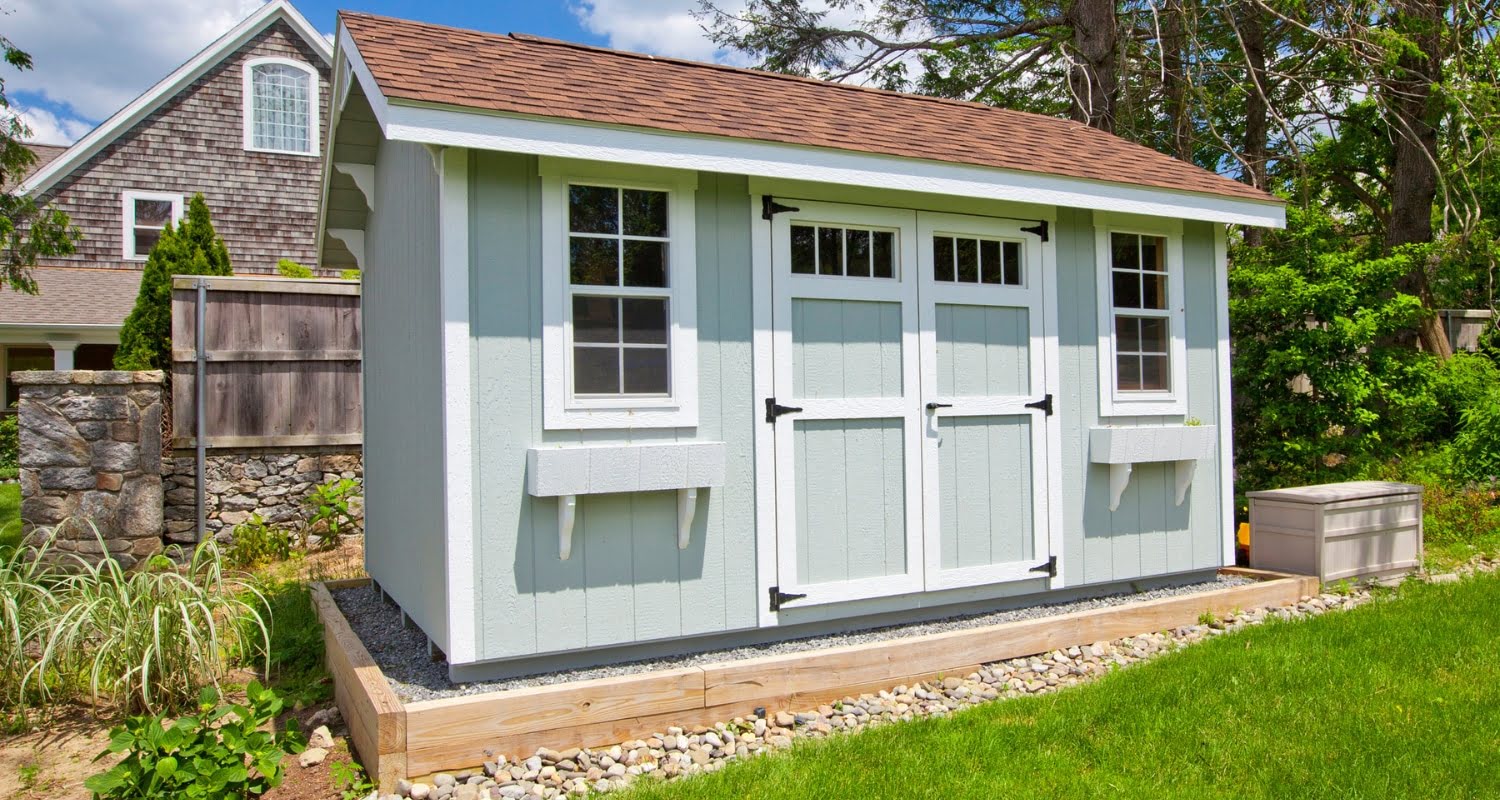
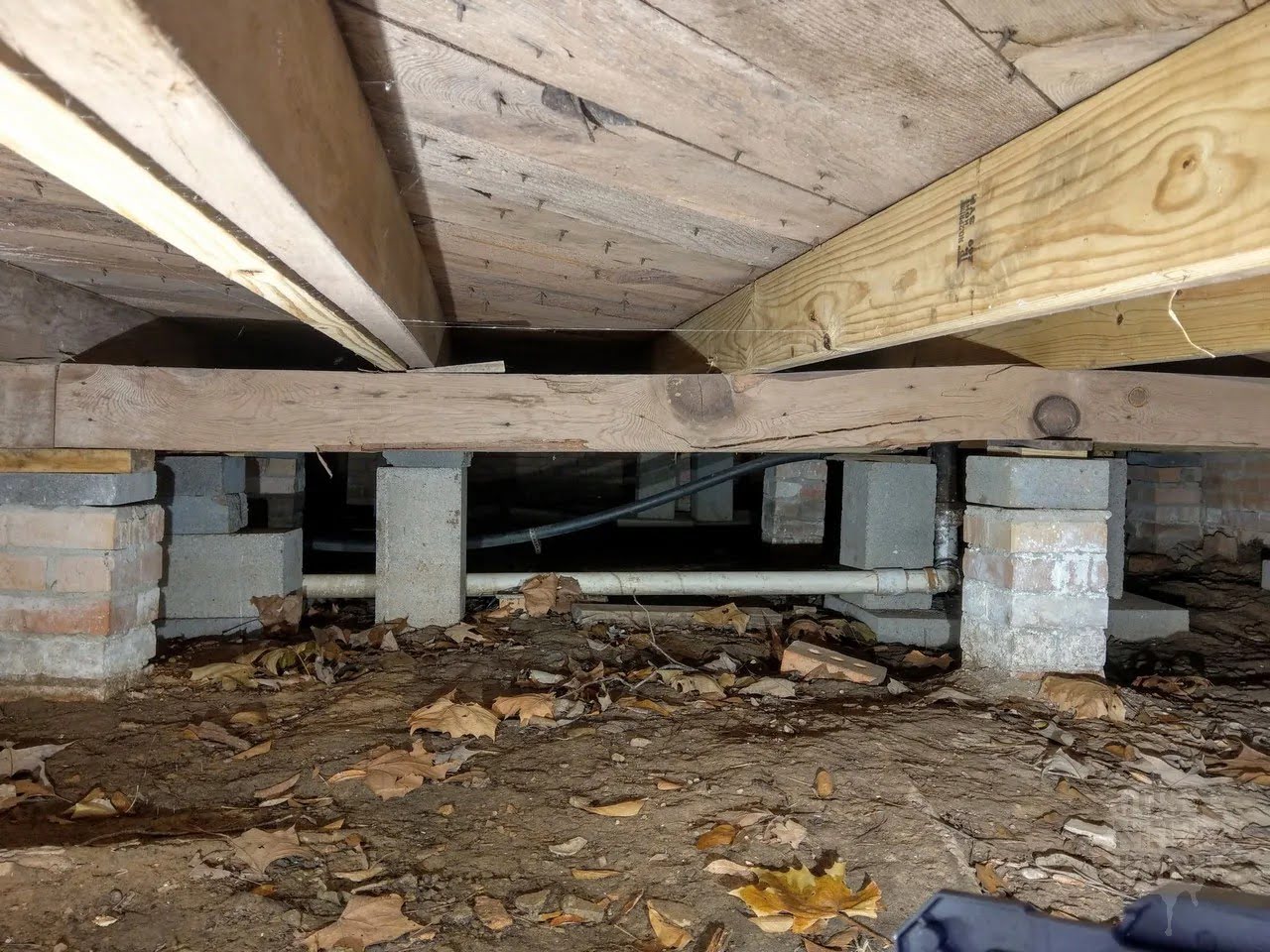
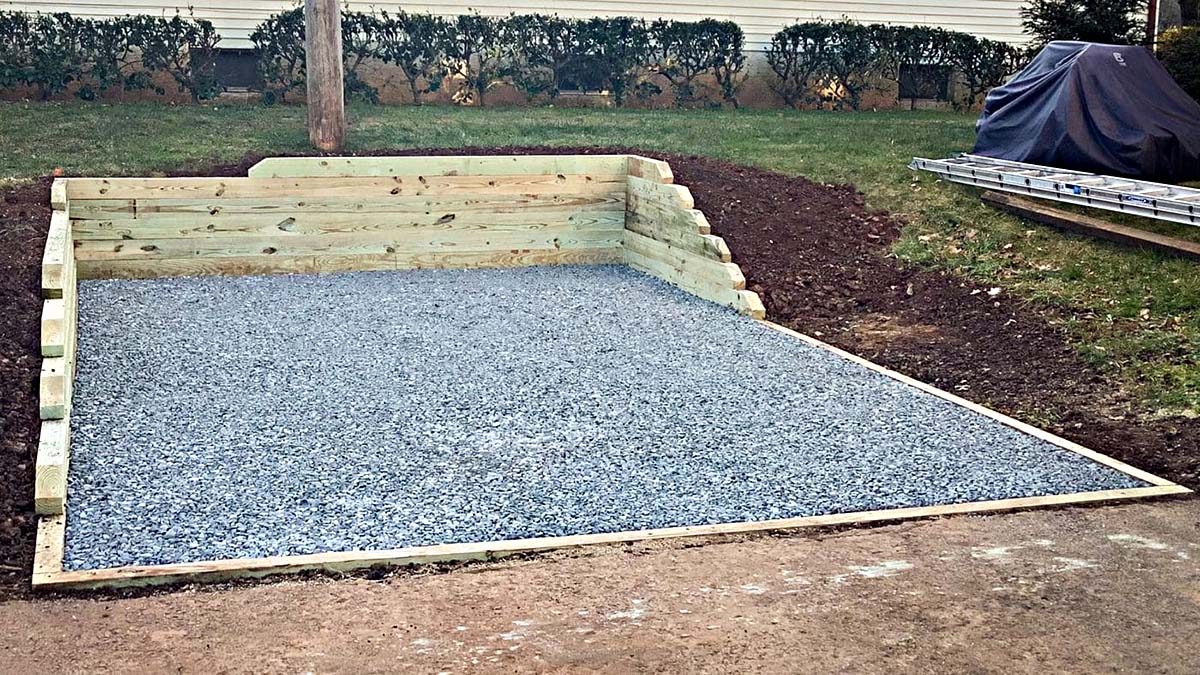
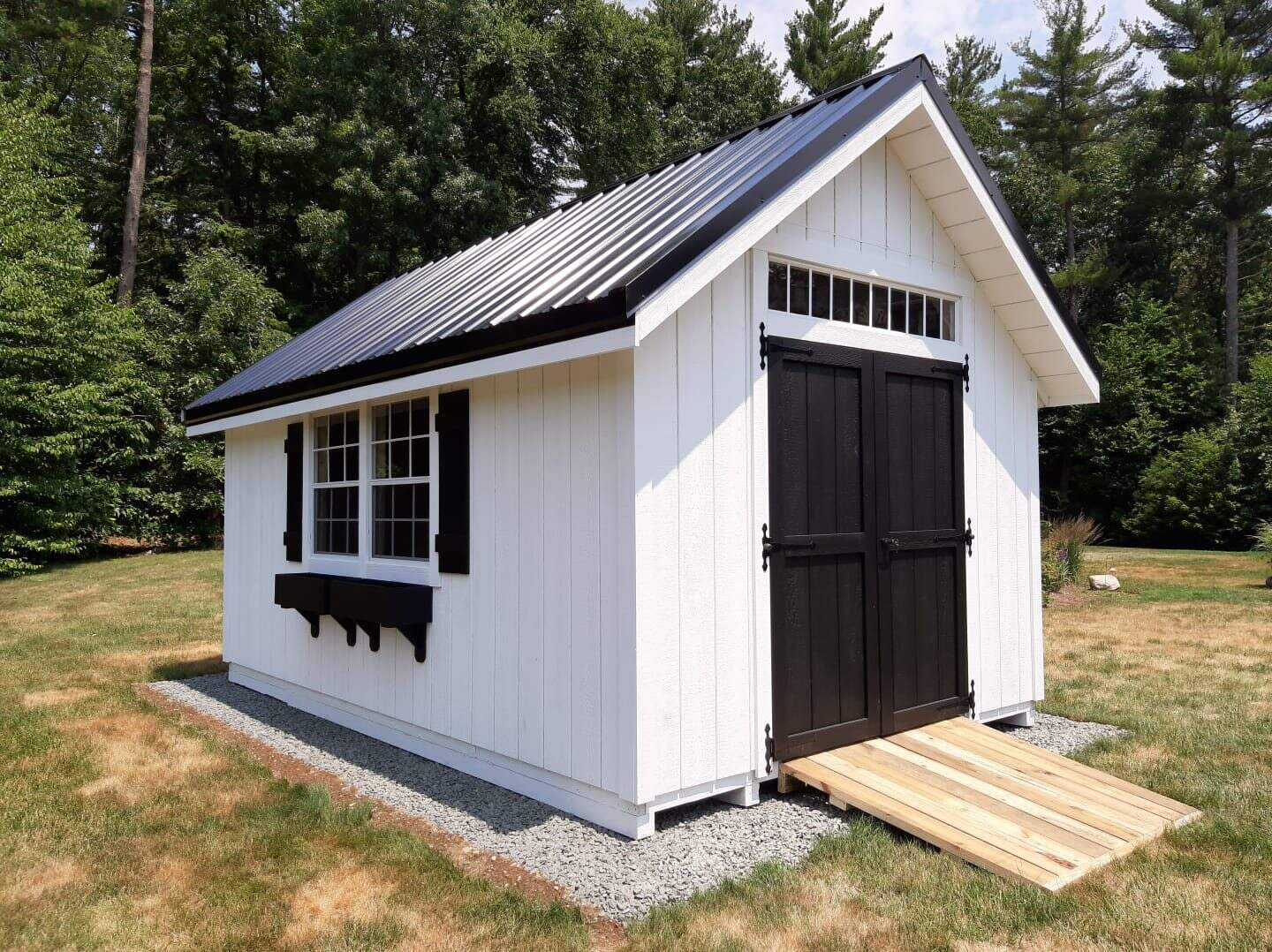
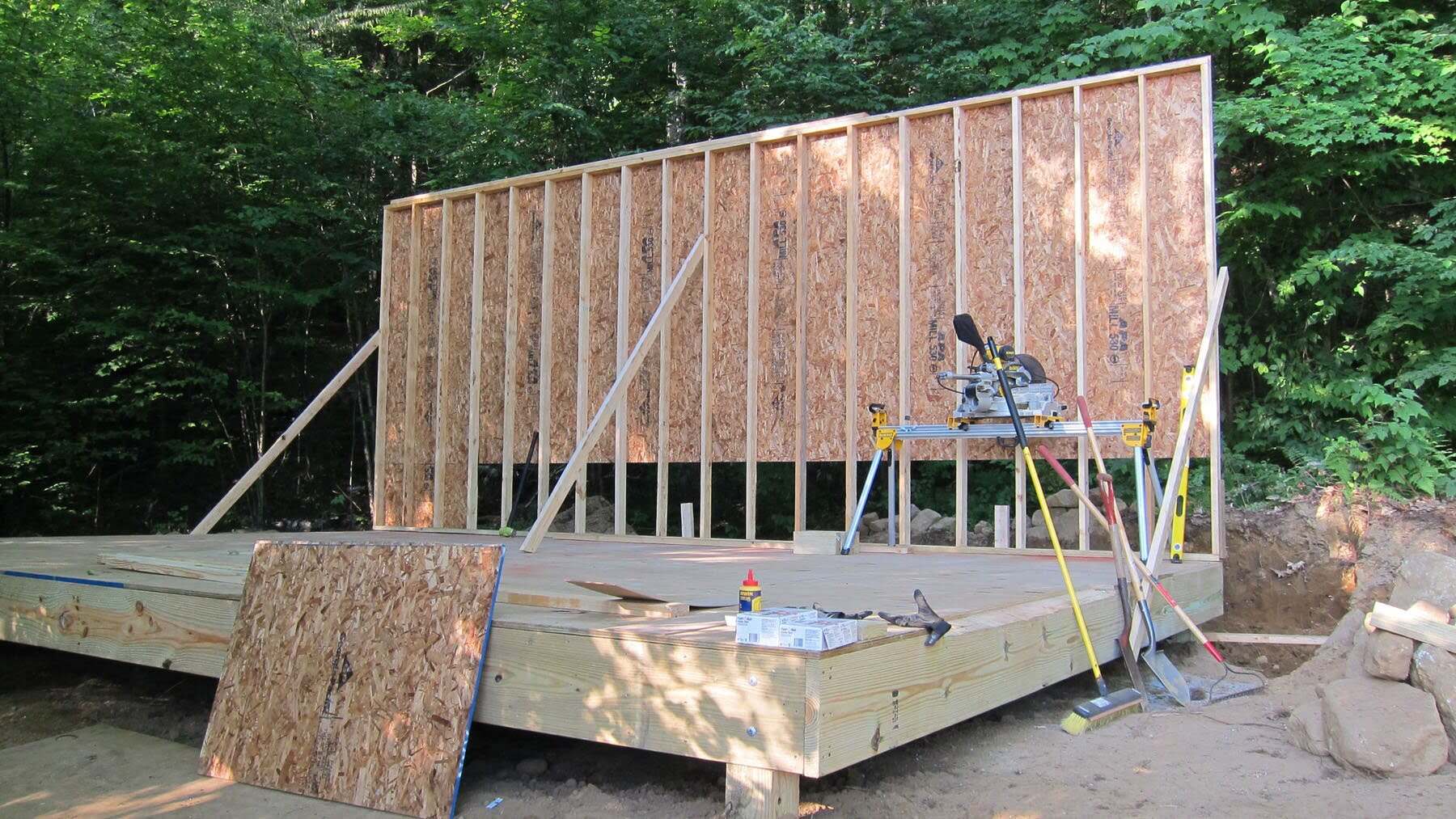
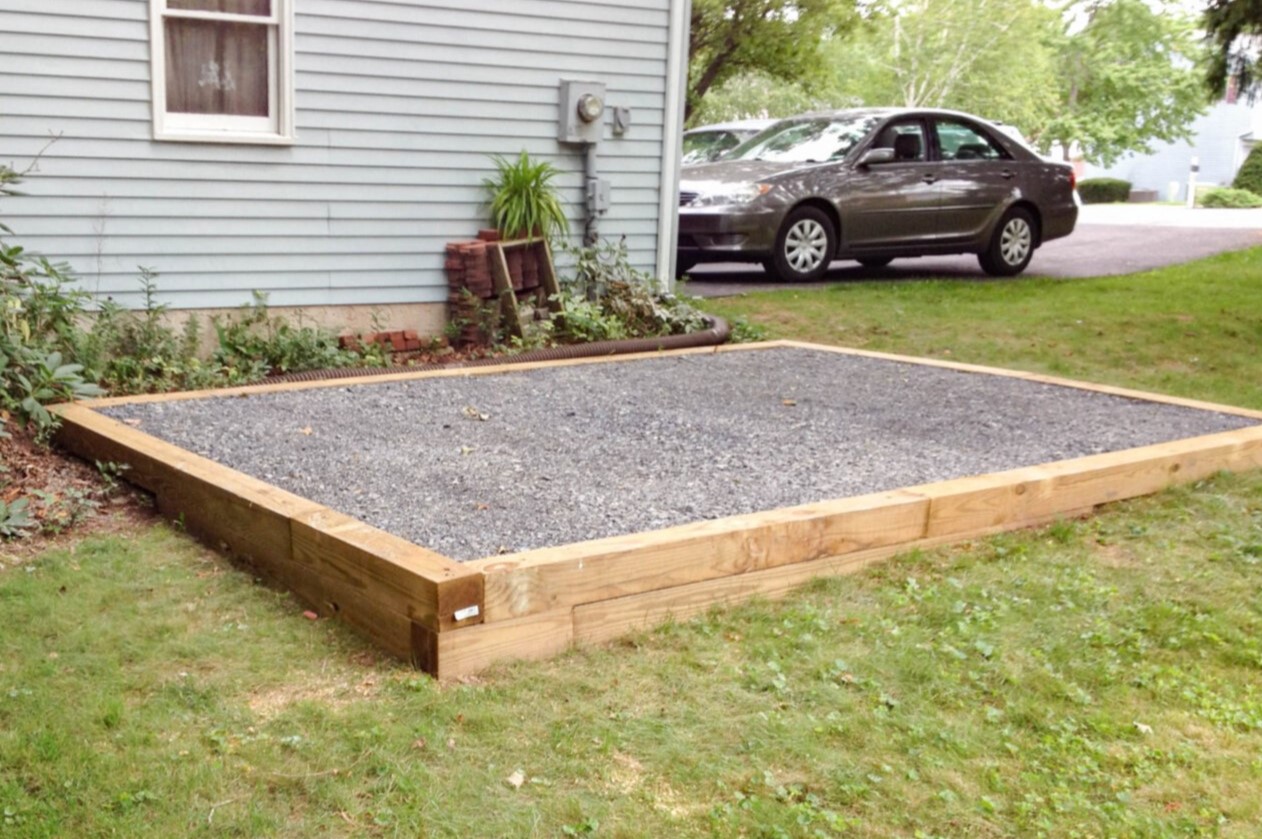
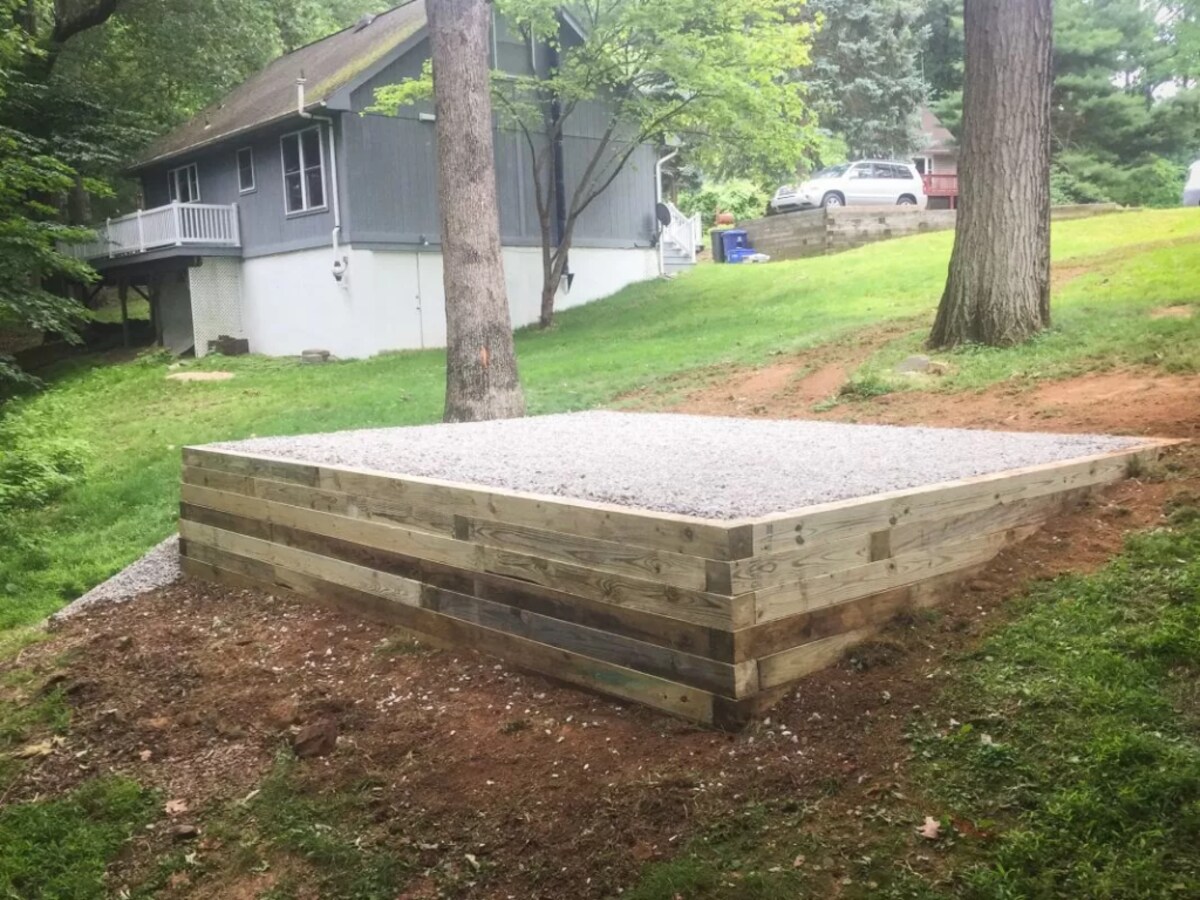
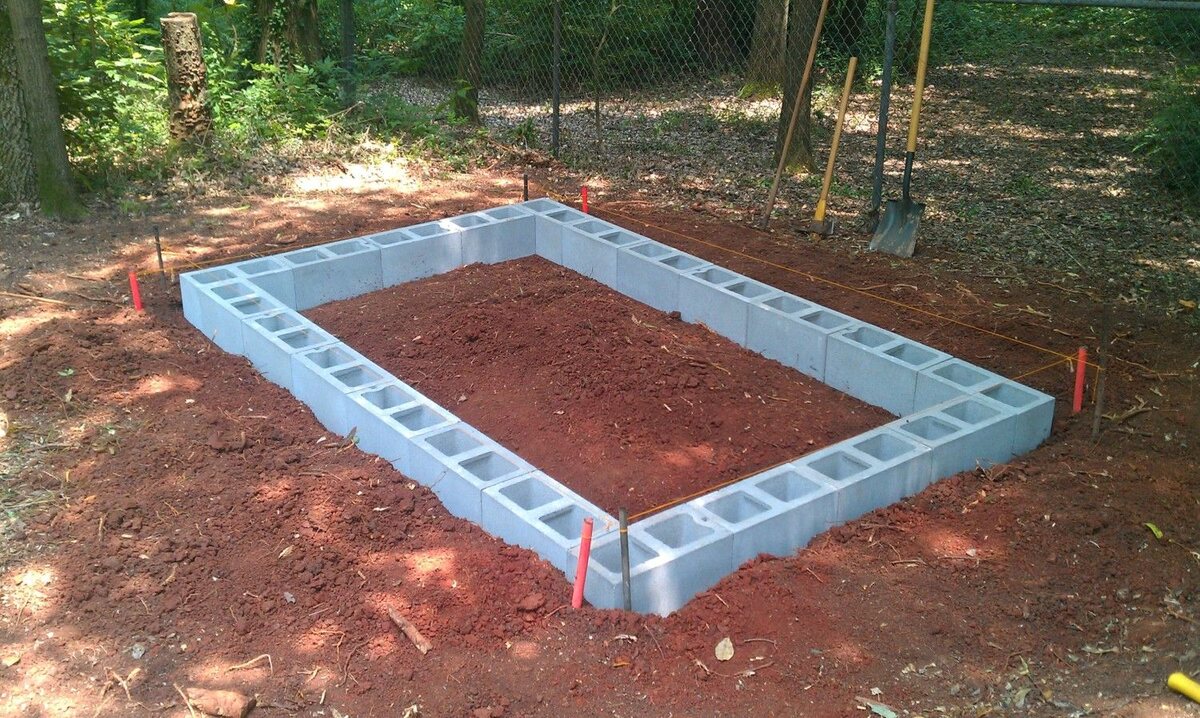

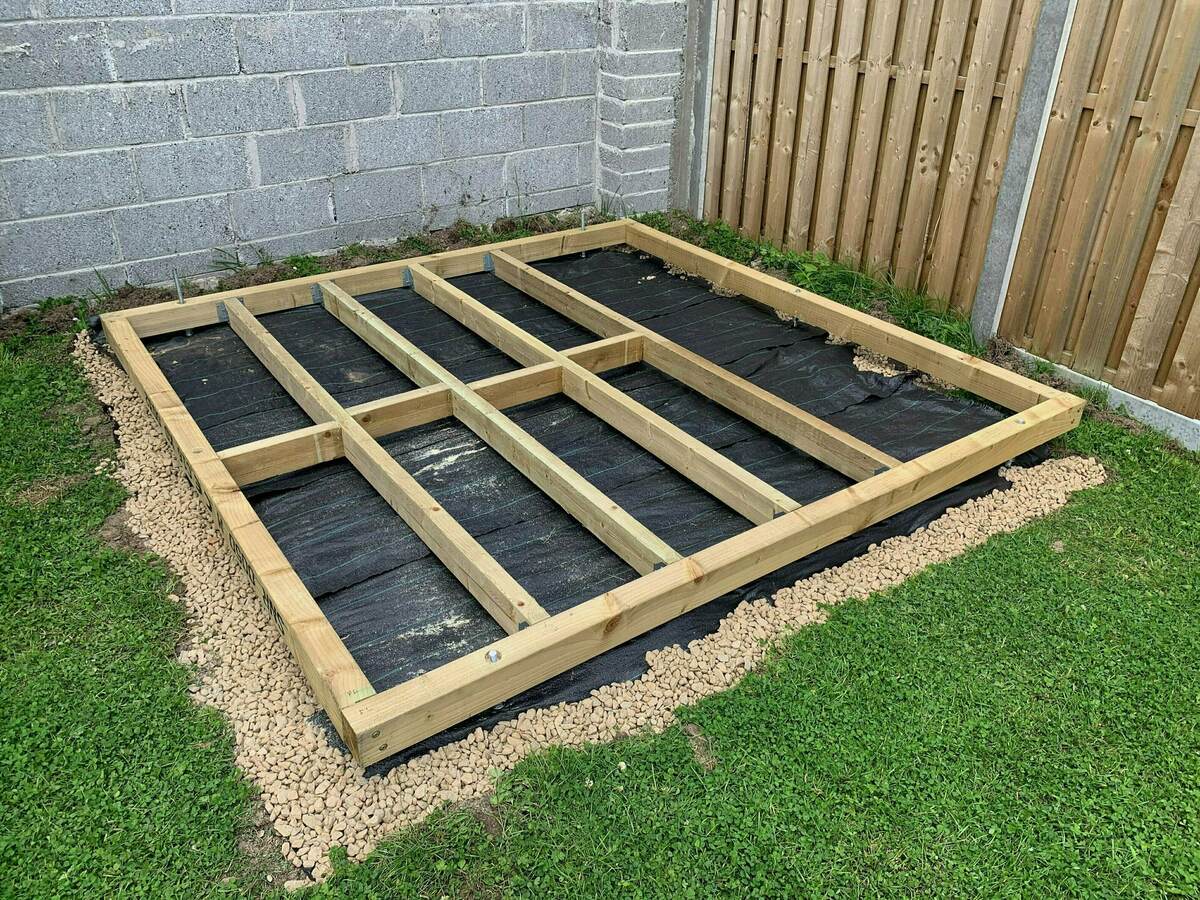

0 thoughts on “How Many Piers For Shed Foundation”